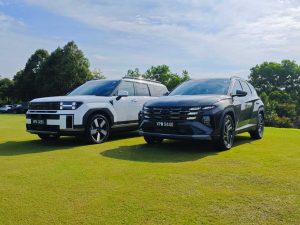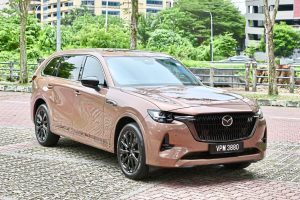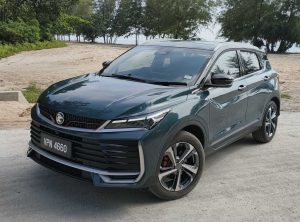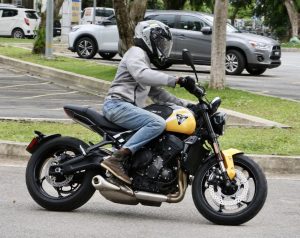COLOGNE: If you believe Frank Weber, the car is on the verge of yet another revolution. In addition to digitalisation and electrification, circularity is becoming an increasingly important feature of future vehicles, says the BMW development director. That means reusing the materials used in cars.
According to the prevailing opinion, the auto industry is slowly running out of raw materials to build new cars from, not to mention the energy expenditure and the CO2 footprint involved in producing those materials.
That’s why recyclability at the end of the life cycle is becoming increasingly important. BMW’s next generation of vehicles aims to set new standards in terms of recycling materials, Weber says. Other manufacturers are also following the trend, including Volvo and Mercedes.

However, it’s not just the auto makers who are trying to reduce waste. In Cologne, Germany, Airpaq transforms the waste from the car industry into fashionable accessories. The company was set up six years ago by Adrian Goosses and Michael Widmann.
They’re particularly fond of seat belts, belt buckles and airbag fabric, using them to make, among other things, backpacks, belt bags, bow ties and pocket squares.
These are then sold online through specialist retailers and sometimes also through car dealerships. A bow tie with a pocket square costs €40 (RM188), backpacks currently start at around €100 (RM470).
Airpaq is one of the growing number of companies and creative people who want to re-use materials from the car industry and turn them into new products. “That's why we don't call it recycling, but upcycling,” says Goosses.
There’s plenty of such material around. In Germany alone, the Federal Environment Agency says that around half a million tons of car scrap become waste every year.
“We use parts of this scrap and combine it with aesthetic design and useful functions,” Goosses says. The result is a sustainable upcycling product that conserves valuable resources and reduces waste.

The Korean car maker Hyundai, together with fashion brands and designers, has launched a whole collection of upcycling items every year since 2019. They’re sold worldwide via the online store of the British luxury department store Selfridges.
The products have so far included a corset made of recycled airbag fabric, necklaces and bracelets made from parts of seat belts, car glass and foam, and carrier bags made of webbing and foam leftovers.
In 2023, designer Jeremy Scott from the Italian fashion label Moschino became a partner, designing haute couture using parts of wheels, seat belts, taillights and windshield wipers that were created during the production of electric vehicles like the Kona.

No matter whether it's a backpack or a skirt, a necklace or a belt bag, they all follow the ideal of upcycling. However, only a small amount of the material actually comes from old cars.
Airpaq gets its airbag materials directly from the car manufacturers' suppliers, namely the materials that fail the strict quality control for safety components.
“They don’t have such a nice story to tell,” Goosses admits, “but in the end they are even more environmentally friendly because they weren’t processed in the first place and would have gone straight to the trash.”
And even with supplier relationships and the growing awareness of recycling, the fashion designer and waste expert still can't avoid visiting the scrapyard: "We actually get the belt buckles and seat belts from old cars."












